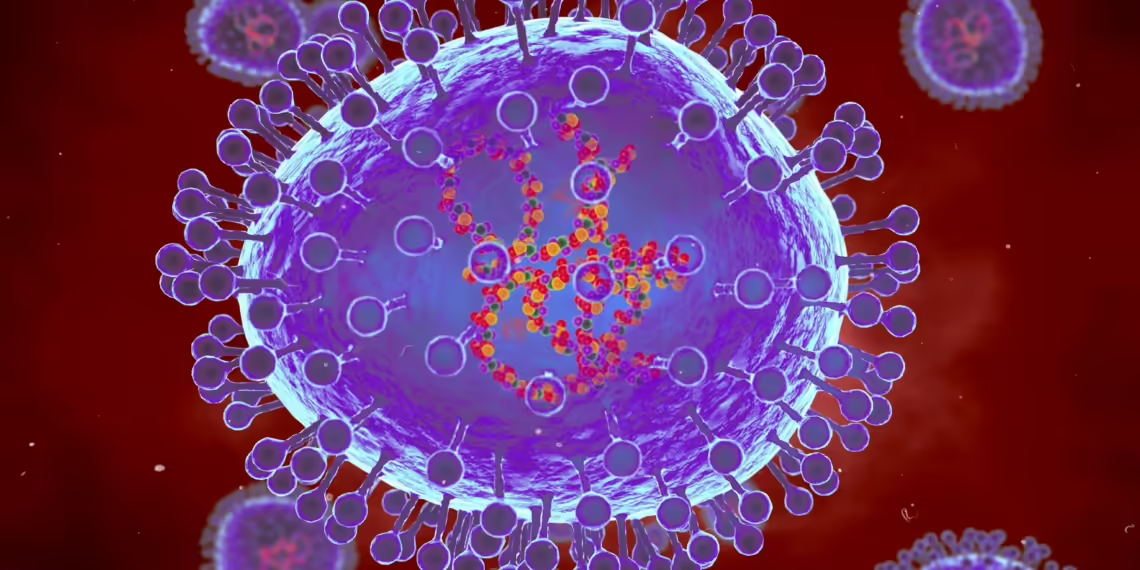adverts
Dr. Margaret Harris, spokesperson for the World Health Organisation (WHO), has reassured the public that the recent surge in respiratory viruses in China is typical for the winter season, and no emergency declarations have been made.
In a press briefing in Geneva on Tuesday, Dr. Harris responded to concerns surrounding the rising cases of respiratory viruses, particularly human metapneumovirus (hMPV), in China.
The briefing, shared in a post on X, confirmed that the increase in common respiratory infections is not unexpected for the winter months.
adverts
“This rise in common respiratory infections is entirely expected during the winter,” Dr. Harris said, acknowledging the substantial media interest in the situation.
According to the Chinese Centre for Disease Control and Prevention (CDC), the surge involves familiar pathogens, including seasonal influenza, respiratory syncytial virus (RSV), hMPV, and SARS-CoV-2, the virus responsible for COVID-19.
Data from the CDC indicates that seasonal influenza is the most prevalent virus, with over 30% of flu-like cases testing positive for the flu in late December.
Despite the increased number of respiratory infections, Dr. Harris emphasised that the levels of infection reported by China are within the normal range for the winter season.
She further highlighted that hospital utilisation is currently lower than in the same period last year.
“There have been no emergency declarations or emergency responses triggered,” she said, assuring the public that the situation is being monitored closely without the need for urgent interventions at this stage.
Dr. Harris also took the opportunity to clarify misconceptions surrounding human metapneumovirus (hMPV), which has gained attention due to its role in the recent surge.
She explained that hMPV, which was first identified in 2001, is not a new virus but has been circulating in human populations for years, typically causing symptoms similar to the common cold.
While hMPV can lead to more severe illness in patients with low immunity, such as newborns and the elderly, Dr. Harris stressed that the virus’s mortality rate is extremely low. “It is not a pathogen that normally leads to deaths in humans, except in the most vulnerable populations,” she noted.
In light of the respiratory virus surge, Dr. Harris urged the public to continue practicing preventive measures to reduce the risk of infection.
She reminded people that lessons learnt from the COVID-19 pandemic could help in curbing the spread of respiratory illnesses. Simple precautions like hand hygiene, wearing masks, improving ventilation, and avoiding crowded places can significantly reduce infection risks, she advised.
hMPV has been reported as a major contributor to respiratory infections in countries across North America, Europe, and Asia.
In the United States, the Centres for Disease Control and Prevention (CDC) has noted a rise in hMPV cases during colder months, particularly among young children, and has linked the virus to a significant number of hospitalisations related to respiratory illnesses.
Similarly, the European Centre for Disease Prevention and Control (ECDC) has reported an increase in hMPV cases, particularly in paediatric hospital admissions, as the virus continues to affect regions across Europe.


